Your bike, when put to good use, may just be the best tool you have to lose weight. Whether you’re just starting out and looking to cycling as a means to a healthier lifestyle, or are a veteran cyclist, there are a lot of reasons you may be looking to lose weight cycling.
Shaving off the pounds can make you faster, boost your confidence, and impact almost every part of life. Just make sure you are putting your well-being first. If you are working towards a weight goal, ensure that is it one that will actually improve your overall health and fitness.
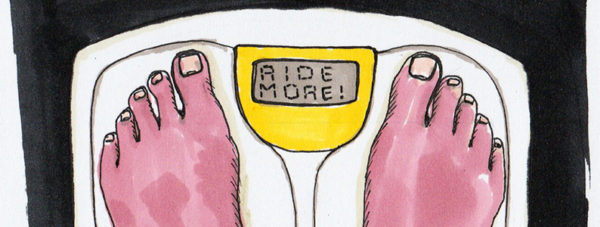
Why Cycling?
So, why chose to lose weight cycling over other means? Running is known for being on of the more effective way to burn calories, but is also a high impact sport. Especially if you live in a city and are running on roads, each step sends impact through your feet, ankles, calves, knees, and onward. This can make it a difficult activity to start if you have previous injuries, and you can be at risk of overuse injuries (which increases the heavier you are).
Cycling, on the other hand, is a low impact activity that like running, you can do almost anywhere. It’s also a ton of fun! Biking is all about the legs, but it’s also a cardiovascular exercise that burns a ton of calories. Weight loss comes down to burning more calories than you are taking in, causing your body to use energy stores. Plus, as you strengthen your muscles cycling, you’ll also be building up oxygen delivering capillaries. With oxygen running through your body at a faster rate, your metabolism will speed up and start to eat away at fat cells, resulting in weight loss.
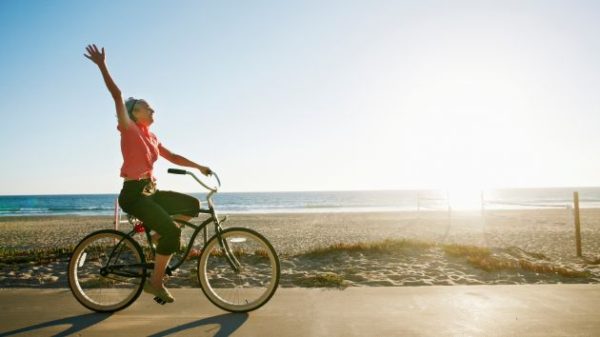
Steps to get started
Make a plan not a goal
Goals can be a great motivating tool, but without the plan to get there, they will remain out of reach. You need to get specific and lay it out in a way that makes sense to you. This could be a simple as riding your bike to work three days out of the week or putting in a couple hundred miles.
Be realistic with yourself and your schedule. If your plan is too demanding in the start, you probably won’t stick with it, but if it’s too easy you won’t see results. Can’t find time to commute or ride in the evenings? Try a lunch hour spin class. For more information check out this article: The Benefits Of Having A Cycling Training Plan.
Find your moderate base pace
Starting out you will want spend most of your time on the bike at 68-79 percent of your max heart rate. If you don’t want to fuss about measuring it with a heart rate monitor, then aim for a pace that leaves you out of breath, but still able to carry on a conversation (no gasping). Great, now hang out there.
You shouldn’t be so drained at the end of the ride that you won’t want to head out again, enjoy it! Once you’ve established your base, then you’ll want to introduce some variety to your rides in the form of intervals or high intensity sessions.
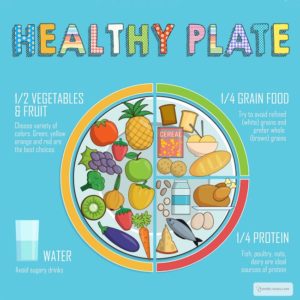 Diet
Diet
Your diet is the sum of the food you consume, and as you probably already know it is a huge factor in weight loss. Ignore what the latest fad is, it all comes down to nutrition and fueling your body with the right amounts of the right things. Just because you are going for ride after work does not mean you should carb load.
Carbohydrates need to support your cycling routines, not hinder them. The reality is that too large a portion can lead to peaks and dips in energy that can actually leave you feeling lethargic. A good rule of thumb is to aim to eat a fist-sized portion of low-glycaemic carbohydrates to ensure that you get a steadier release of energy as you ride.
Weight loss is a simple concept: More calories out than in. So, keep your diet simple. Eat a balanced, healthy diet, control your portion size, and cut out unnecessary snacking and you will be well on your way.
Don’t fear the hills
Going up a hill takes a lot more energy than riding on a flat surface. This will cause you to use up extra calories in a shorter period of time. So, hills are actually your friend!
Embrace the cycling community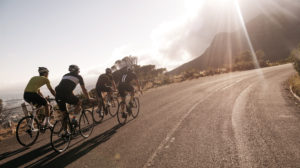
Accountability is important for everyone, but it’s not something you should dread. Finding a cycling partner or joining a weekly group ride not only ensures you show up, but it’s also a great way to meet people. So, head down to your local bike shop and find out how you can get involved.
Enjoy it!
Cycling is fun above all else, so make sure you keep it that way! Think of it as a part of your day you’re looking forward to, rather than something you have to do to lose weight. The more you enjoy it, the more likely you’ll be to stick with it for the long haul.
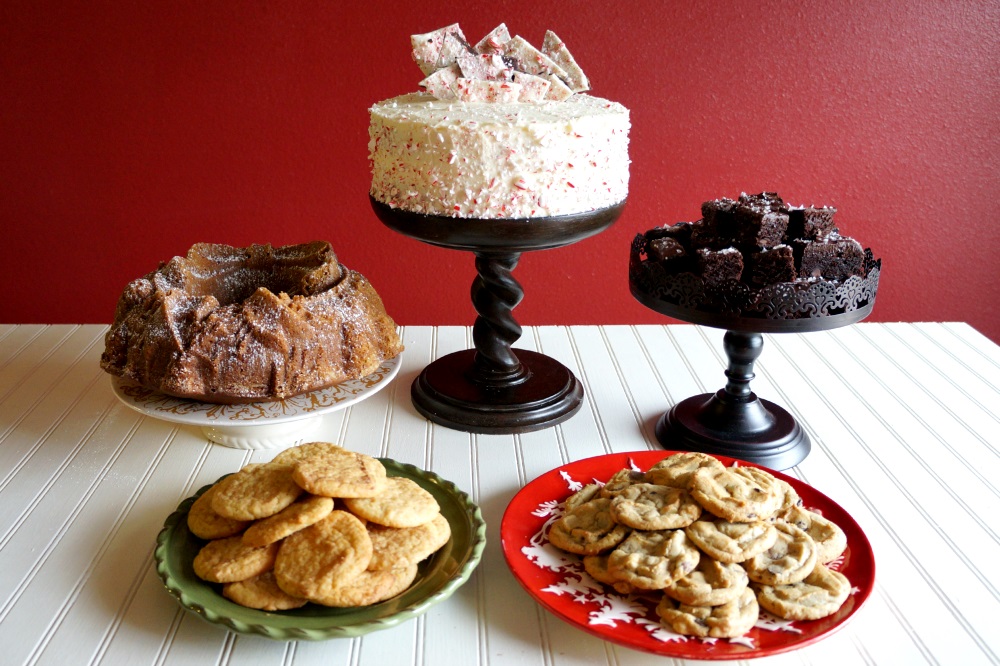

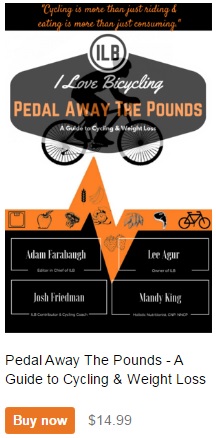
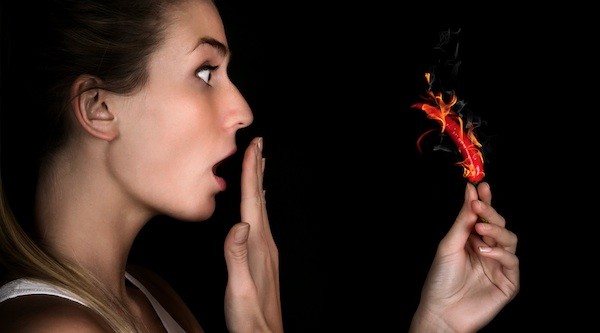
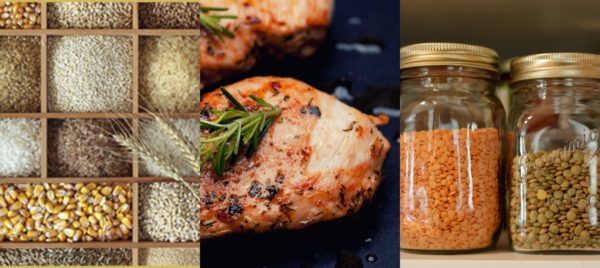
 For many people, the main reason that they start any form of exercise is because they wish to lose a little bit of weight. Whether you want to shed pounds from your frame or just get rid of those pesky love handles, burning fat is often the main aim.
For many people, the main reason that they start any form of exercise is because they wish to lose a little bit of weight. Whether you want to shed pounds from your frame or just get rid of those pesky love handles, burning fat is often the main aim.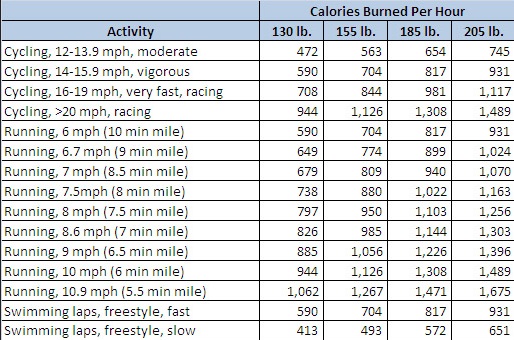
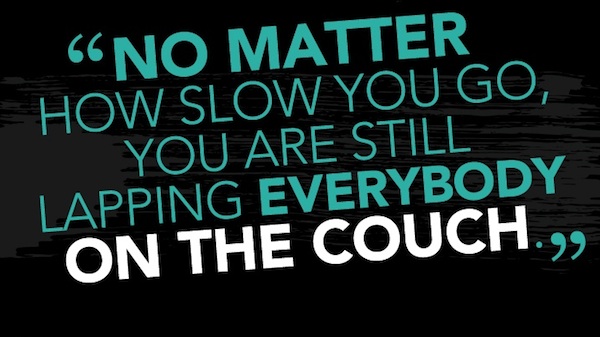
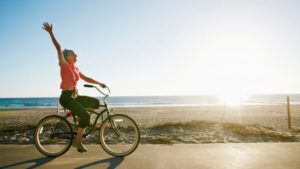
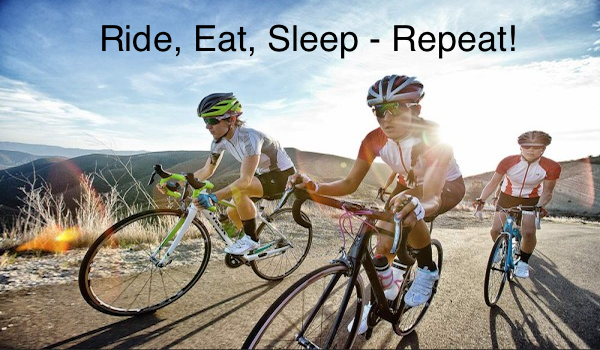 Interestingly, most people really focus on a training plan and often forget how important a nutrition plan actually is. When I first started endurance rides I had no clue what I was supposed to do, I ate when I was hungry and drank when I was thirsty, which inevitably was too late. Bonking is no fun for anyone but I did it on a regular basis, it was just a given, 3-4 hours on a bike was my limit! That was until I learned what to eat on a long bike ride.
Interestingly, most people really focus on a training plan and often forget how important a nutrition plan actually is. When I first started endurance rides I had no clue what I was supposed to do, I ate when I was hungry and drank when I was thirsty, which inevitably was too late. Bonking is no fun for anyone but I did it on a regular basis, it was just a given, 3-4 hours on a bike was my limit! That was until I learned what to eat on a long bike ride.